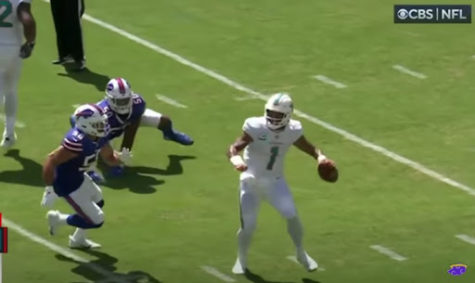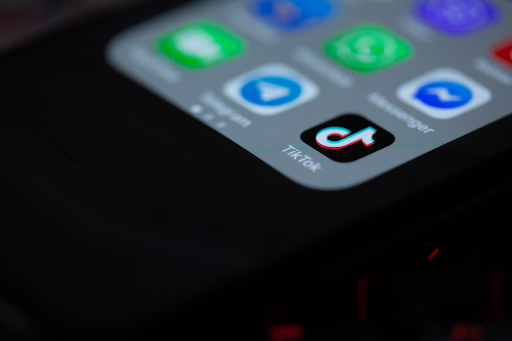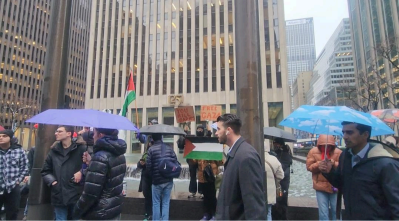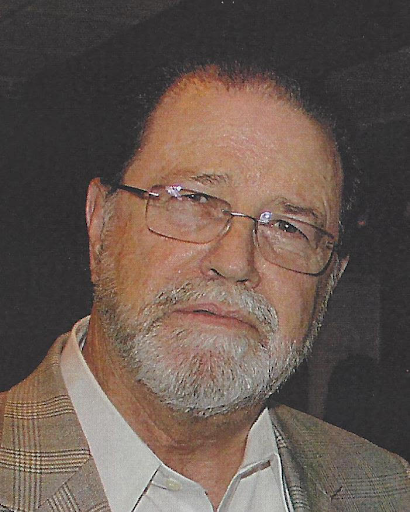
When Tua Tagovailoa was stretchered off the field during the Dolphins’ Thursday Night Football game against the Bengals and taken to a local Cincinnati area hospital in an ambulance for further testing, the immediate fear was that Tagovailoa had suffered a traumatic brain injury.
The quarterback landed awkwardly on his head and neck after being sacked by Cinicinnati’s nose tackle, Josh Tupou. After the collision, Tagovailoa then assumed what’s referred to as the “Fencing Response”, where a person’s forearms remain suspended in the air and their fingers curl involuntarily. The Fencing Response occurs when someone suffers a severe brain injury, like a concussion, which Tagovailoa was subsequently diagnosed with.
The diagnosis came on the heels of a similarly-alarming episode four days earlier, where Tagovailoa had broken his fall by landing on his head in a game against the Buffalo Bills, and stumbled while returning to the line of scrimmage. Tagovailoa was taken out of the game, where he visited the “Blue Tent,” which the NFL uses to evaluate players for concussions.
Tagovailoa was medically cleared and returned in the second half. The Dolphins later cited back and ankle injuries, omitting any notion of a potential concussion.
After the Bengals game, the Dolphins faced a hailstorm of questions and accusations.
They responded to the turbulence with the denial of any wrongdoing and the repeated insistence of organizational and medical competency. Despite this stance, the Dolphins later fired the doctor who evaluated Tagovailoa, leading to more questions of medical malpractice.
All public relations spinning and job protection tactics aside, one thing is clear: the NFL has an issue with head trauma.
The discourse surrounding the NFL and concussions is longstanding, with the most notable example being Hall Of Famer Junior Seau. Seau, who battled a cognitive disease called “chronic traumatic encephalopathy” commonly referred to as “CTE”, took his own life at the age of 43 in 2012. His family filed a wrongful death lawsuit and later reached an undisclosed settlement with the NFL.
There’s a pattern here, with a growing list of former players committing suicide as a bi-productive of the degenerative disease. In a study at Boston University in 2017, 99 percent of deceased NFL players who donated their brains for medical research showed clear signs of CTE.
When paired with the NFL’s yearly concussion rate of over 170 reported cases a season every year since 2015, the numbers become hard to ignore. A disease linked to repeated blows to the head is impossible to prevent within the sport, even with the technological advancements of helmets and the science surrounding proper tackling techniques.
These data points raise further questions of ethicality, in a league that already operates in a constant state of moral ambiguity. Is it inherently unethical to support a sport this violent?
Evidently not, as ratings continue to soar, and the firestorm surrounding the Dolphins begins to taper off. Even so, something about the Tagovailoa incident feels different. It felt public, and in the moment, life-threatening.
With Tagovailoa laying immobilized on the turf for what felt like an hour before we knew if he had any feeling in his extremities, concussion rumors dominated the headlines. With Tagovailoa being released from the hospital and the NFL season churning on, the conversation has quickly faded into the chorus of betting lines and fantasy football lineups.
All fandom and parlays aside, these brain injuries continue to impact the lives of players and their families. At the very least, the NFL needs to publicly acknowledge its medical shortcomings and the need for growth in its concussion procedures.
















